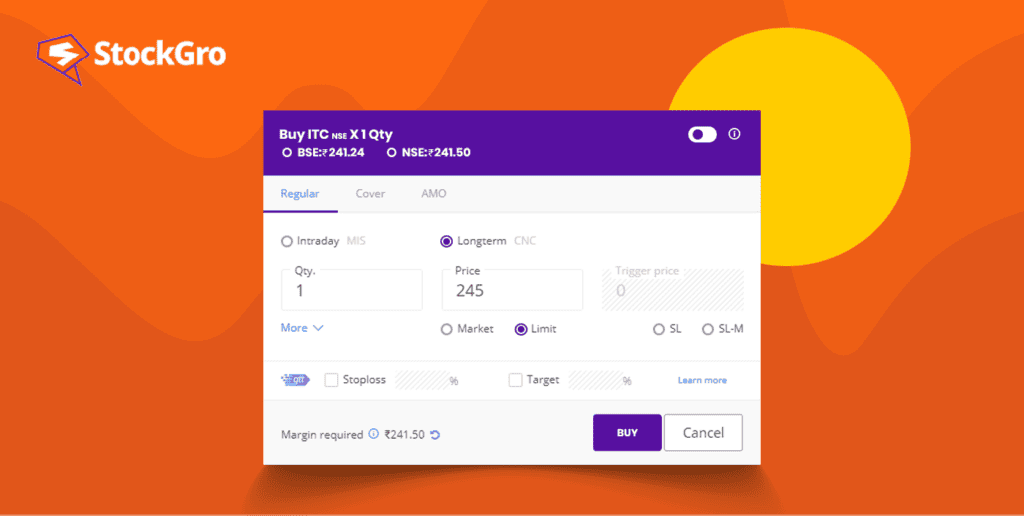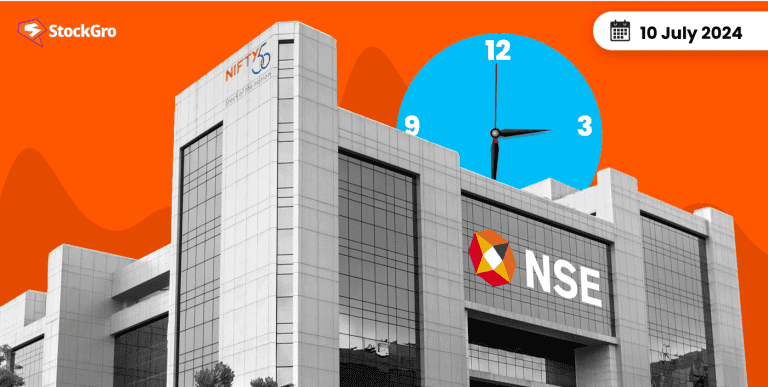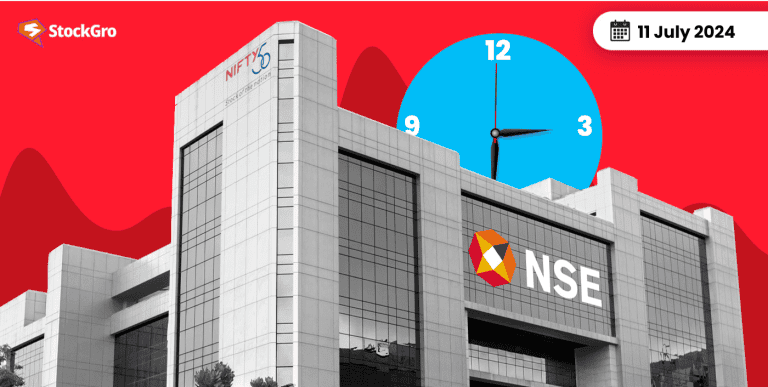
A limit order in the financial markets is a direction to purchase or sell a stock or other security at a specified price or better. This stipulation allows traders to better control the prices at which they trade. A limit can be placed on either a buy or a sell order:
A buy limit order will be executed only at the limit price or a lower price.
A sell limit order will be executed only at the limit price or a higher one.
The price is guaranteed, but the filling of the order is not. Limit orders will be executed only if the price meets the order qualifications.
The alternative to a limit order is a market order, which calls for a trade to be executed at the prevailing market price without any price limit specified
How Limit Orders Work
A limit order is the use of a pre-specified price to buy or sell a security. For example, if a trader is looking to buy XYZ’s stock but has a limit of $14.50, they will only buy the stock at a price of $14.50 or lower. If the trader is looking to sell shares of XYZ’s stock with a $14.50 limit, the trader will not sell any shares until the price is $14.50 or higher.
By using a buy limit order the investor is guaranteed to pay the buy limit order price or better, but it is not guaranteed that the order will be filled. A limit order gives a trader more control over the execution price of a security, especially if they are fearful of using a market order during periods of heightened volatility.
There are various times to use a limit order such as when a stock is rising or falling very quickly, and a trader is fearful of getting a bad fill from a market order. Additionally, a limit order can be useful if a trader is not watching a stock and has a specific price in mind at which they would be happy to buy or sell that security. Limit orders can also be left open with an expiration date.
Limit Order Example
A portfolio manager wants to buy Tesla Inc’s (TSLA) stock but believes its current valuation at roughly $750 per share is too high and would like to buy the stock should it fall to a specific price. The PM instructs his traders to buy 10,000 shares of Tesla should the price fall below $650, good ’til canceled. The trader then places an order to buy 10,000 shares with a $650 limit. Should the stock fall below that price the trader can begin buying the stock. The order will remain open until the stock reaches the PM’s limit or the PM cancels the order.
Additionally, the PM would like to sell Amazon.com Inc.’s (AMZN) stock but feels its current price of roughly $2,300 is too low. The PM instructs his trader to sell 5,000 shares should the price rise above $2,750, good until canceled. The trader will then put the order out to sell 5,000 shares with a $2,750 limit.
Limit Orders vs. Market Orders
When an investor places an order to buy or sell a stock, there are two main execution options in terms of price: place the order “at market” or “at limit.” Market orders are transactions meant to execute as quickly as possible at the present or market price. Conversely, a limit order sets the maximum or minimum price at which you are willing to buy or sell.
Buying stocks can be thought of with an analogy to buying a car. With a car, you can pay the dealer’s sticker price and get the car or you can negotiate a price and refuse to finalize the deal unless the dealer meets your price. The stock market can be thought of to work in a similar way.
A market order deals with the execution of the order; the price of the security is secondary to the speed of completing the trade. Limit orders deal primarily with the price; if the security’s value is currently resting outside of the parameters set in the limit order, the transaction does not occur.
What Is a Limit Order?
A limit order is a direction given to a broker to buy or sell a security at a specific price or better. It is a way for traders to execute trades at desired prices without having to constantly monitor markets. It is also a way to hedge risk and ensure losses are minimized by capturing sale prices at certain levels.
How Does a Limit Order Work?
A limit order is placed with your broker. That limit order states the security, the quantity, the price, and whether you are in a buy or sell position. The order is not triggered until the specific desired market price is achieved. Even then, execution of the limit order is not guaranteed, especially in highly volatile markets or regarding highly volatile securities with low liquidity.
What Is the Difference Between a Limit Order and a Stop-Limit Order?
A limit order is an order requesting the purchase or sale of securities should a specific price be met. A stop-limit order builds one additional layer that requires a specific price be met that is different than the sale price. For example, a limit order to sell your security for $15 will likely execute when the market price reaches $15. Alternatively, a stop-limit order can be placed to sell your security for $15 only if the share price has dropped from $20 to $16.
How Long Does a Limit Order Last?
The term of the limit order will depend on your specification and your broker’s policy. Many brokers default limit orders to day-only trades; any unfilled orders at market close are canceled without execution. Other brokers may offer a specific number of days often in intervals of 30 (i.e. 30 days, 60 days, or 90 days). Last, some brokers offer limit orders that are considered good until filled; the limit order will remain valid until it is filled or deliberately canceled by the trader.
Why Did My Limit Order Not Get Filled?
A limit order may not get filled for a few reasons. First, your limit order will only trigger when market pricing meet your desired contract amount. If a security is trading above your buy order or below your sell order, it will likely not fill until there is price action on your security.
A limit order can only fill if a security has liquidity. If the security does not have enough shares trading at the specific price you placed, your order may not fill. This is most common for larger orders placed on low-volume securities. Due to volatility, a stock on the day of its IPO may have difficulty filling due to rapid price fluctuation.

